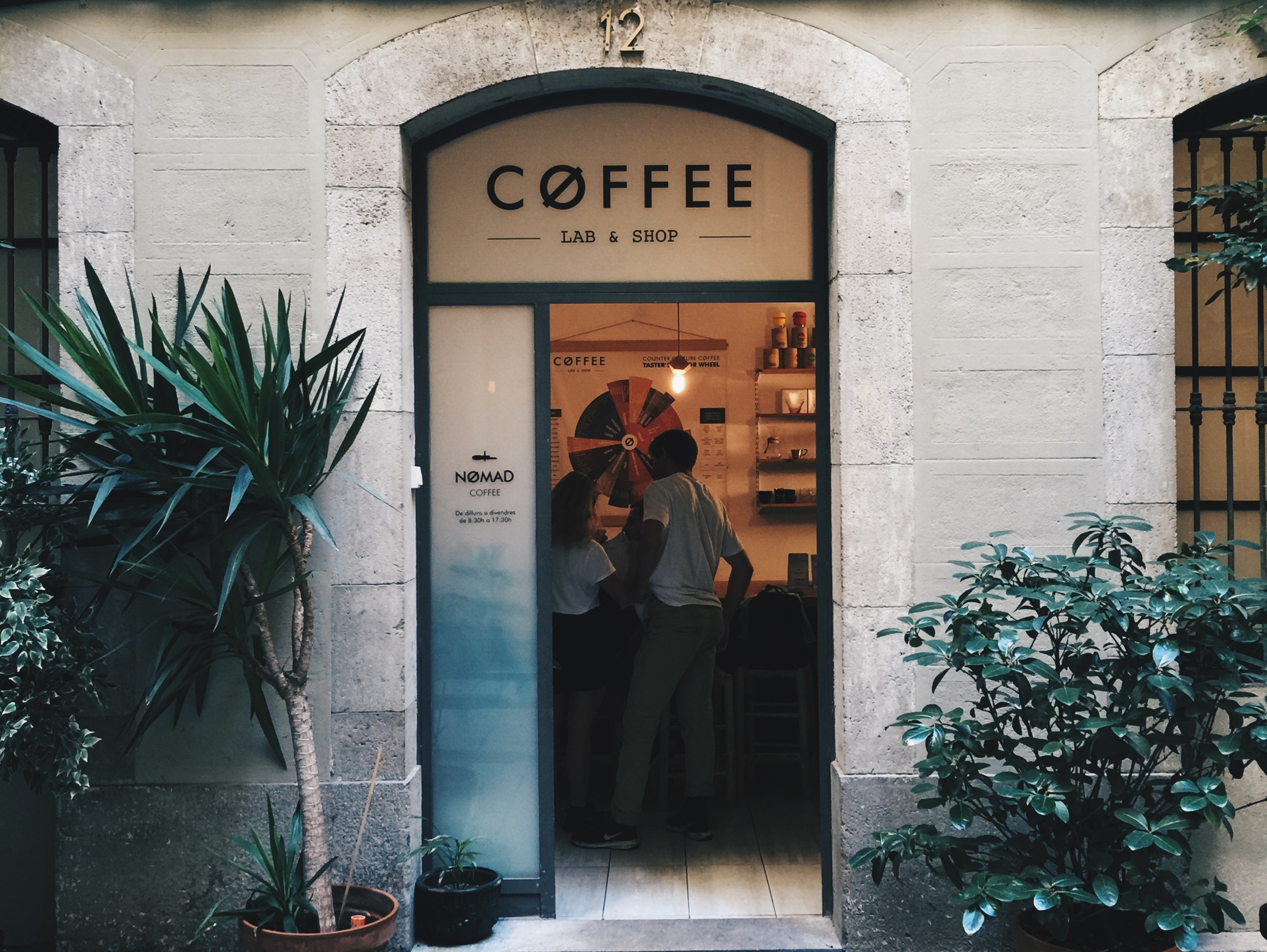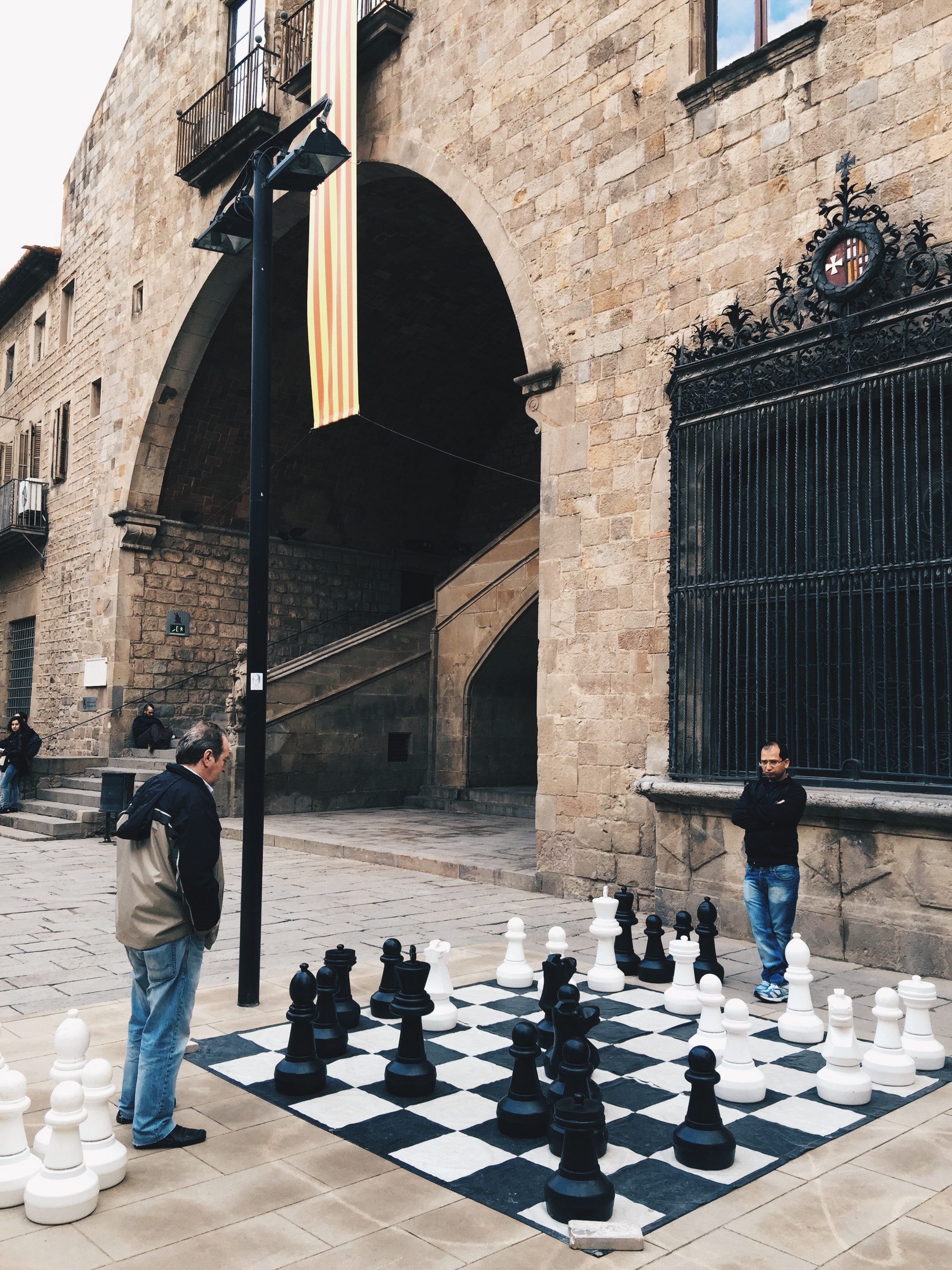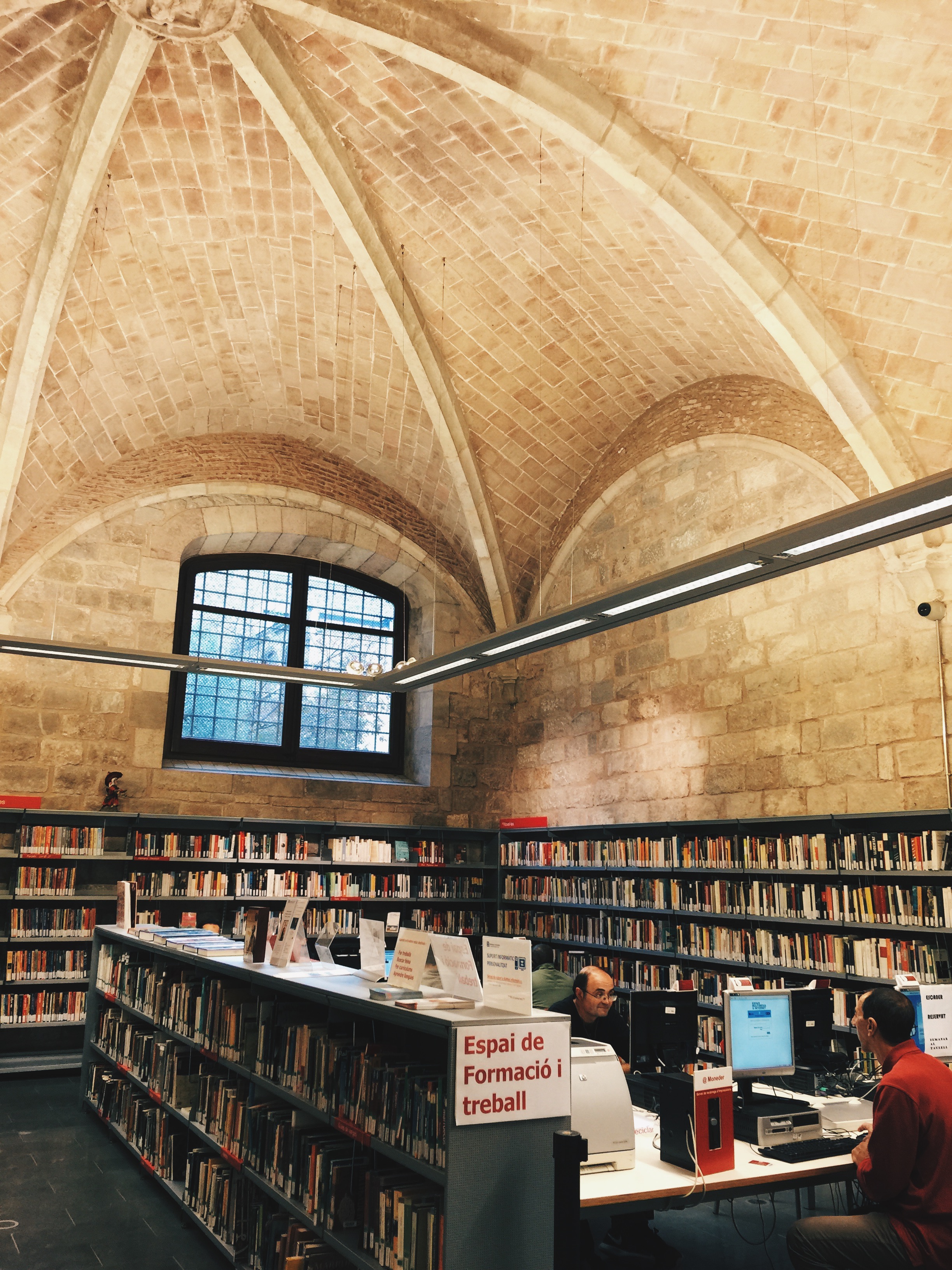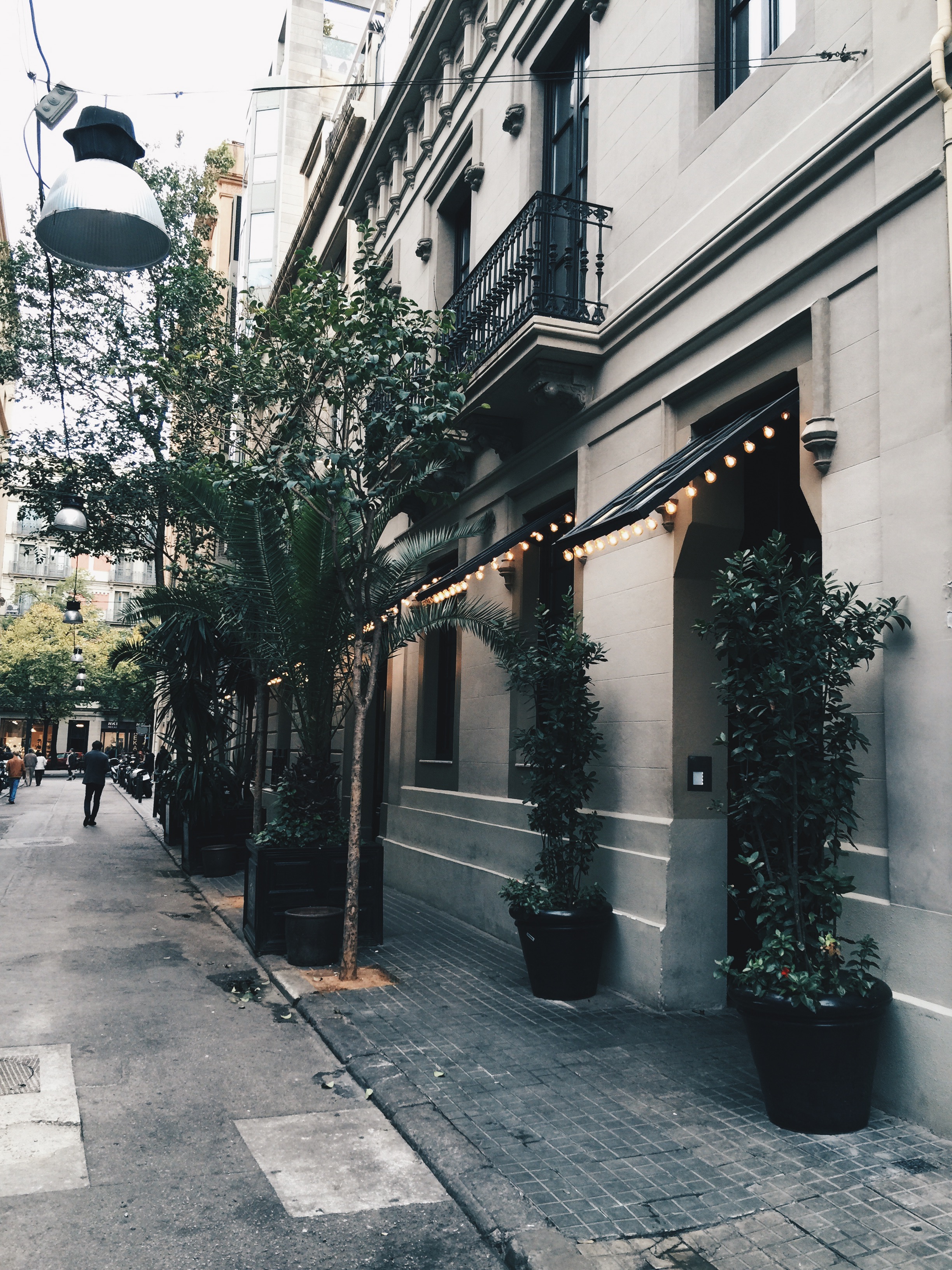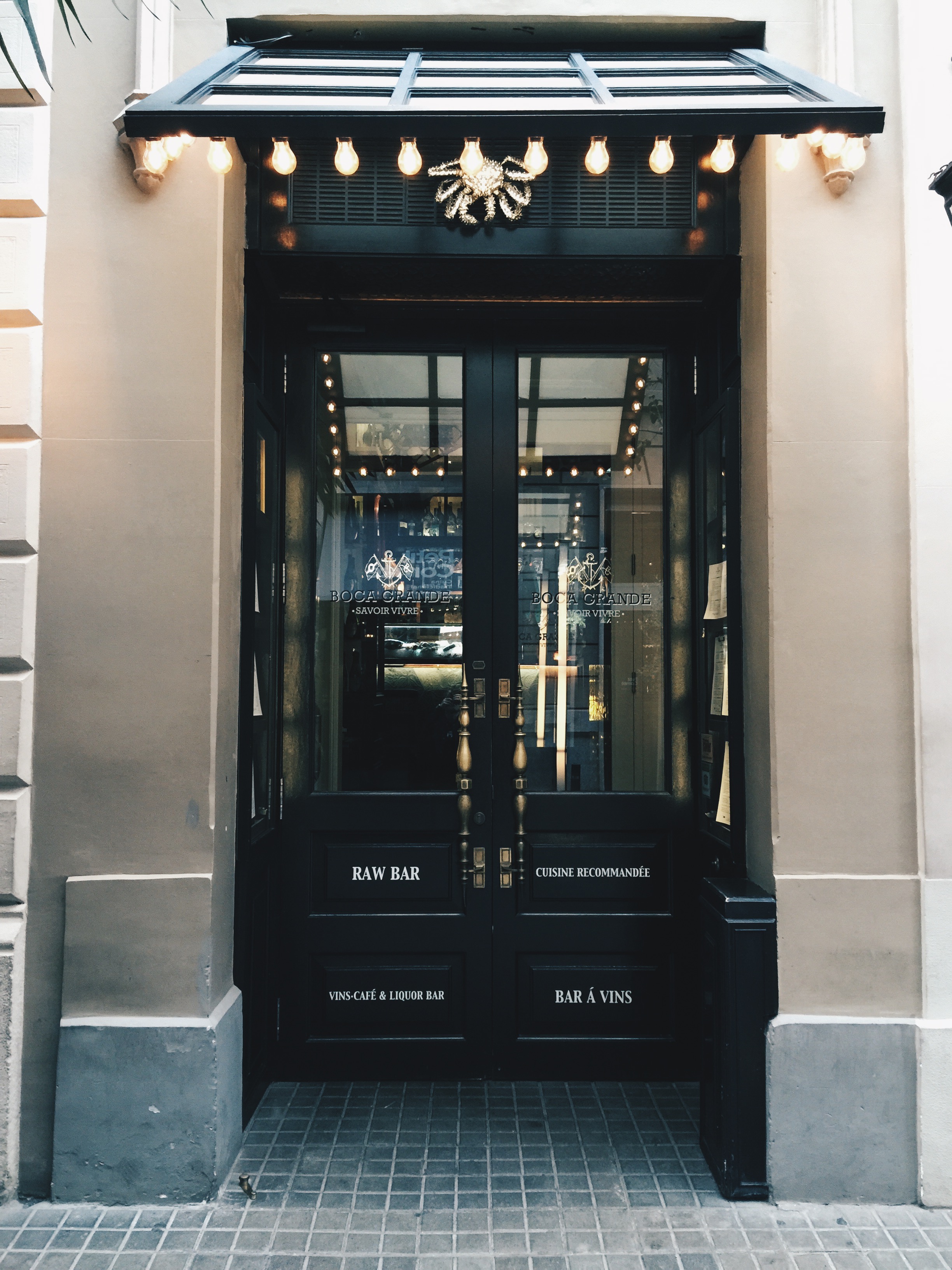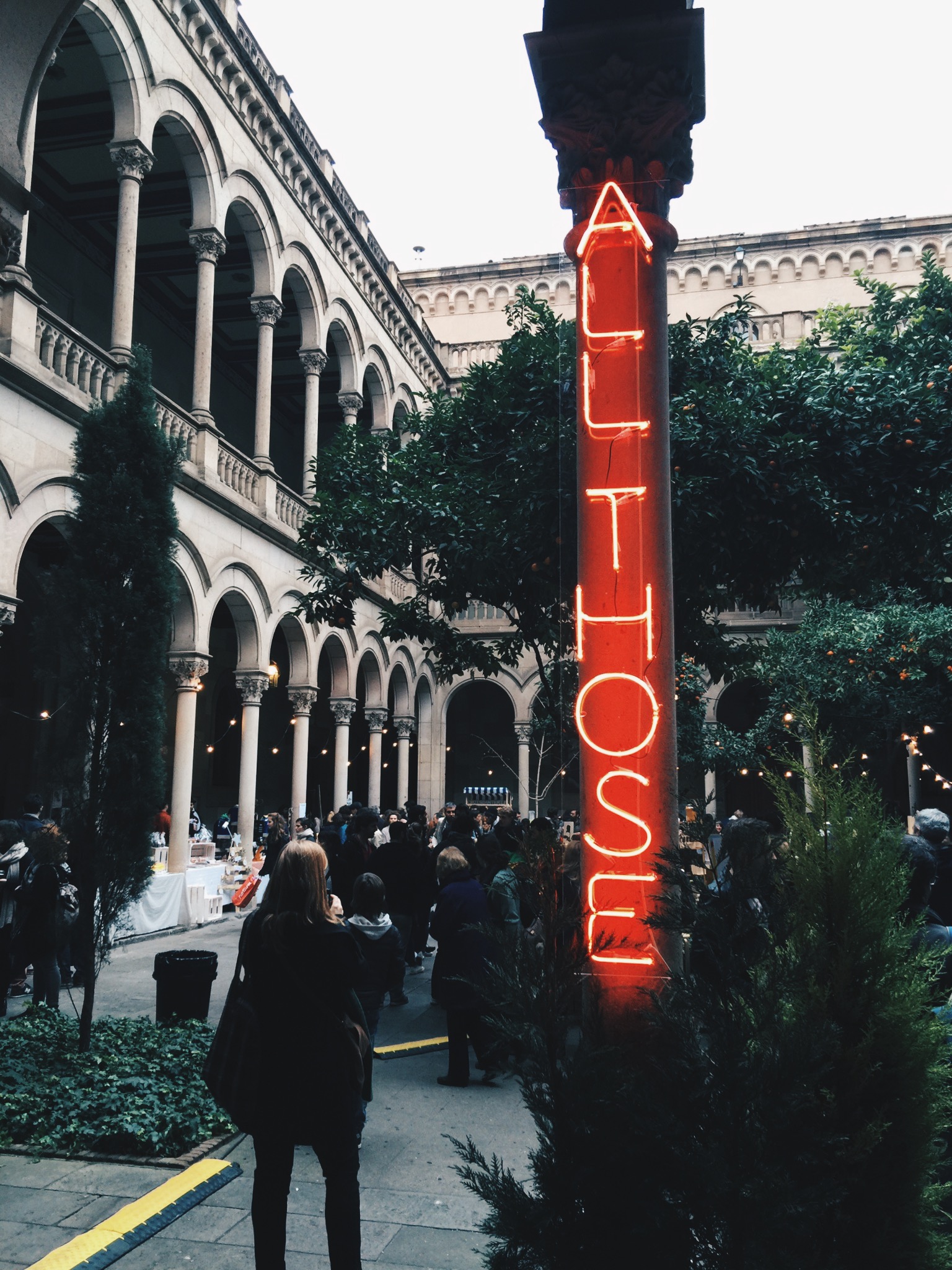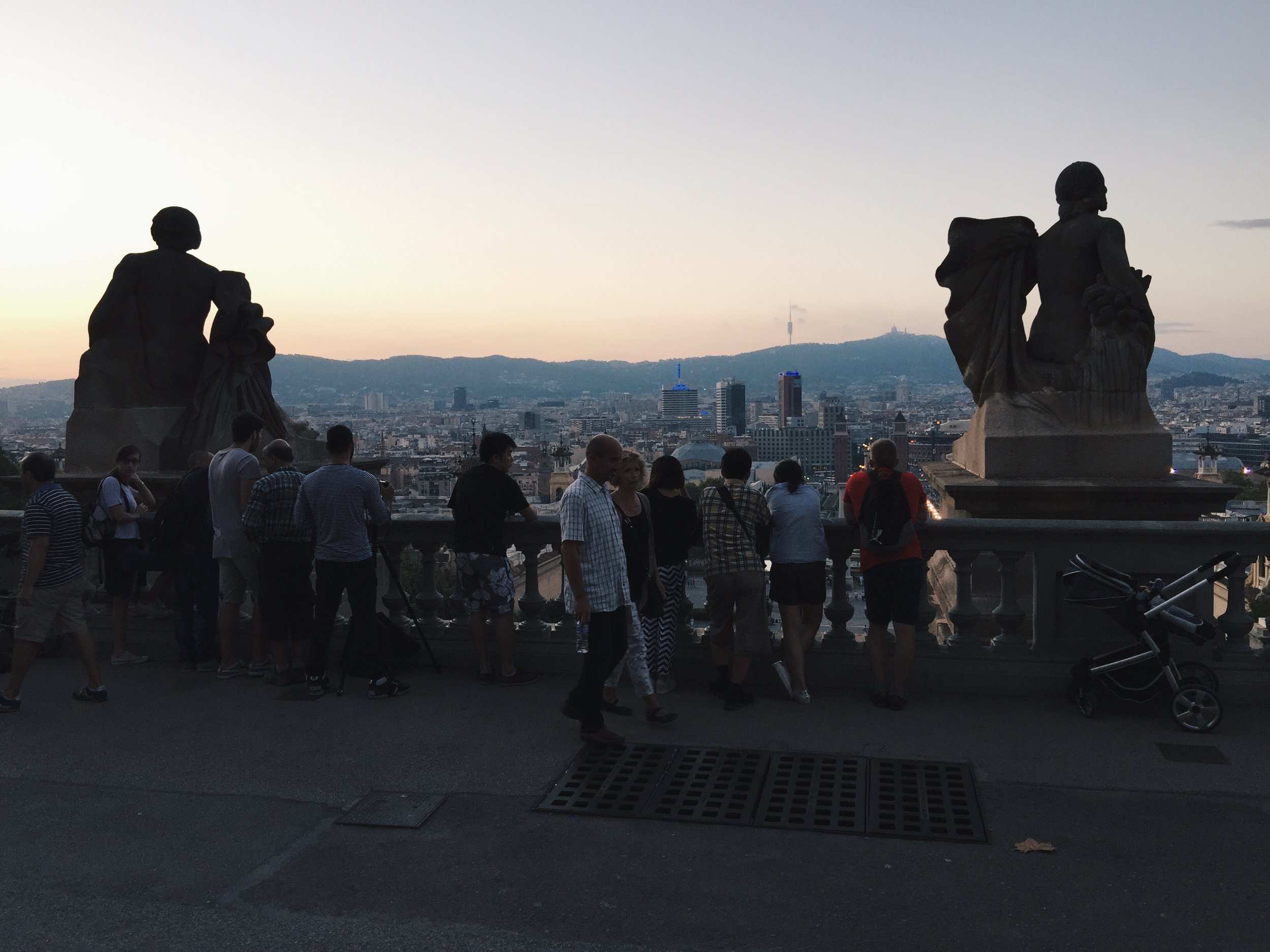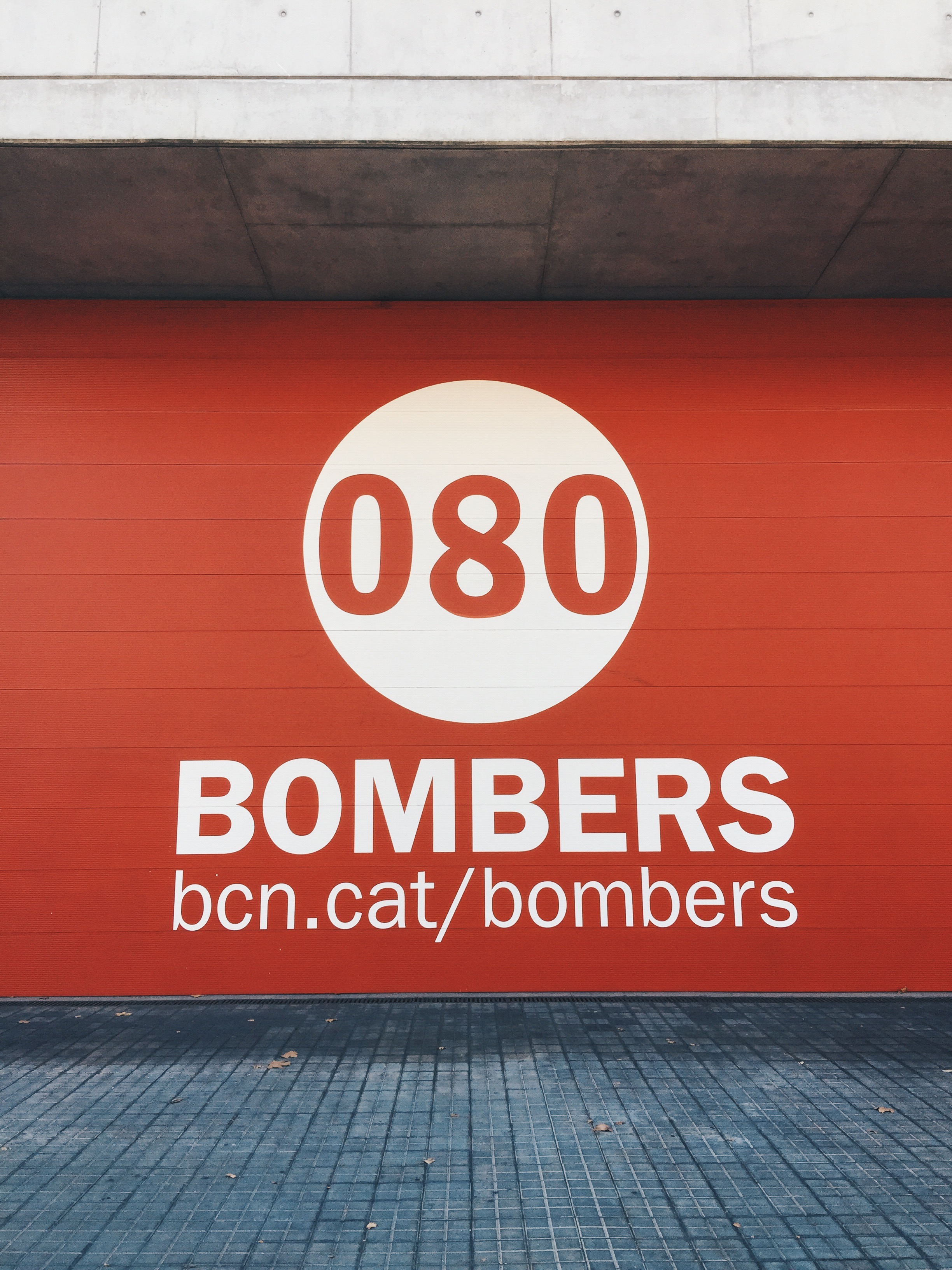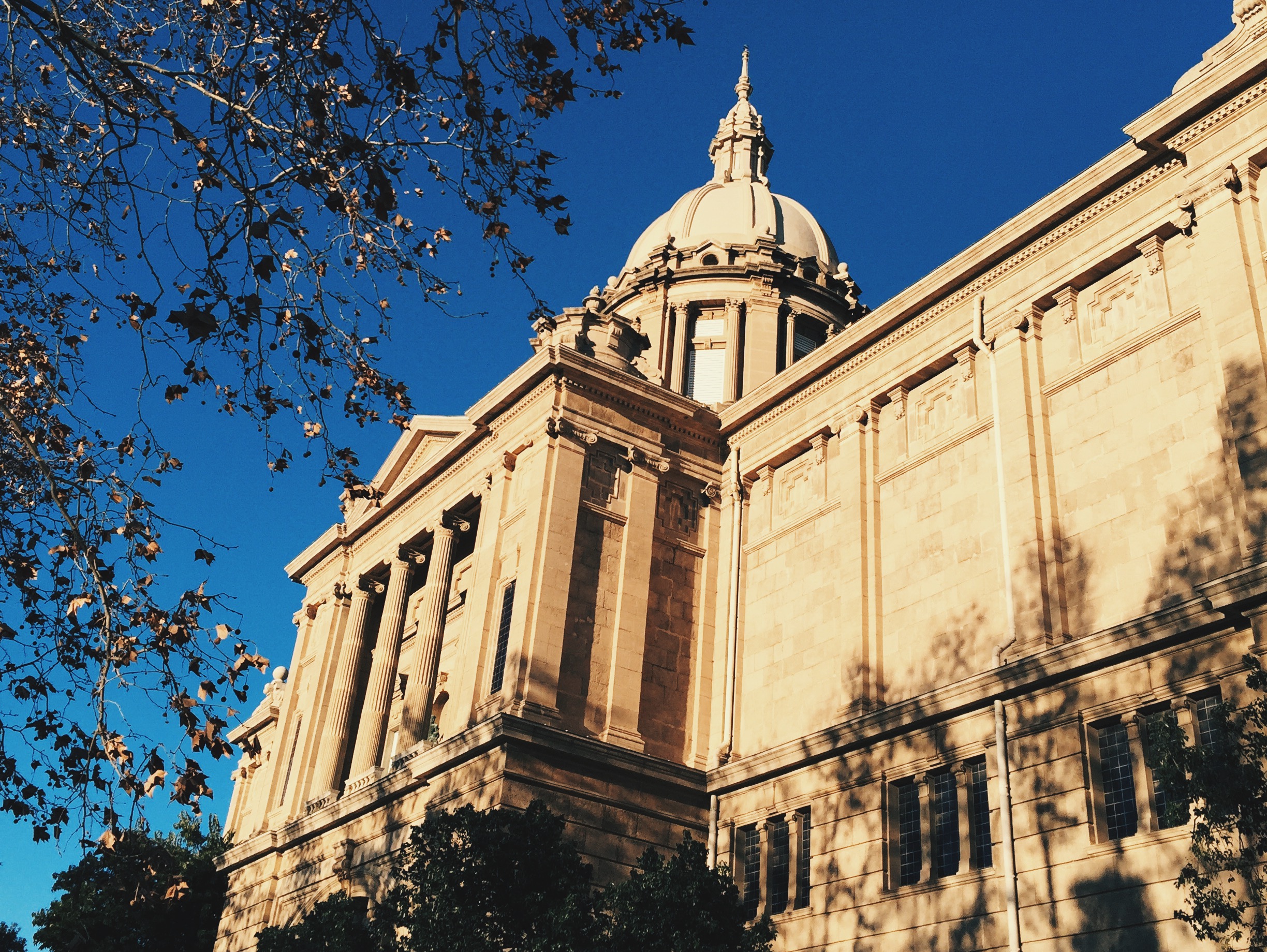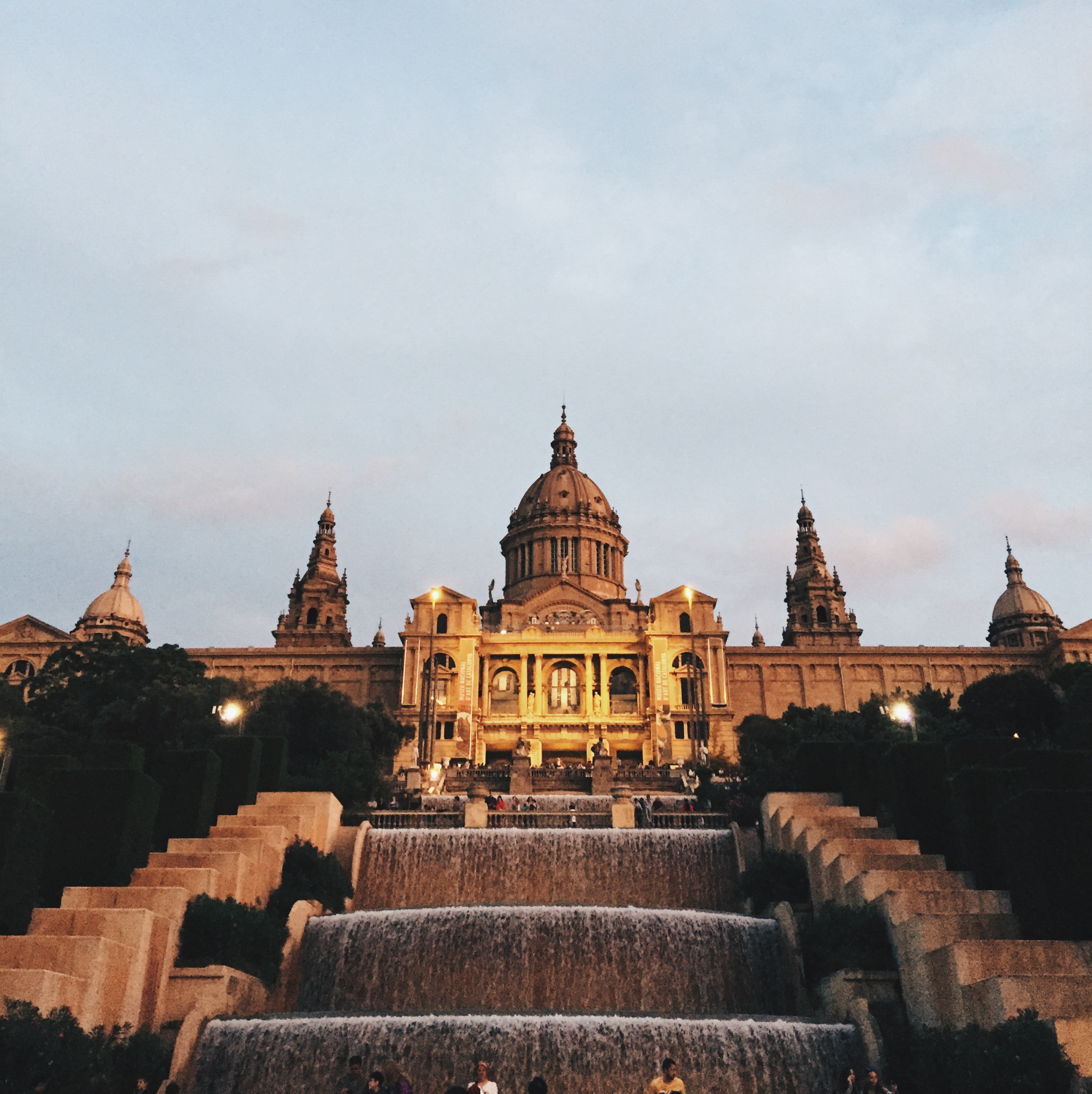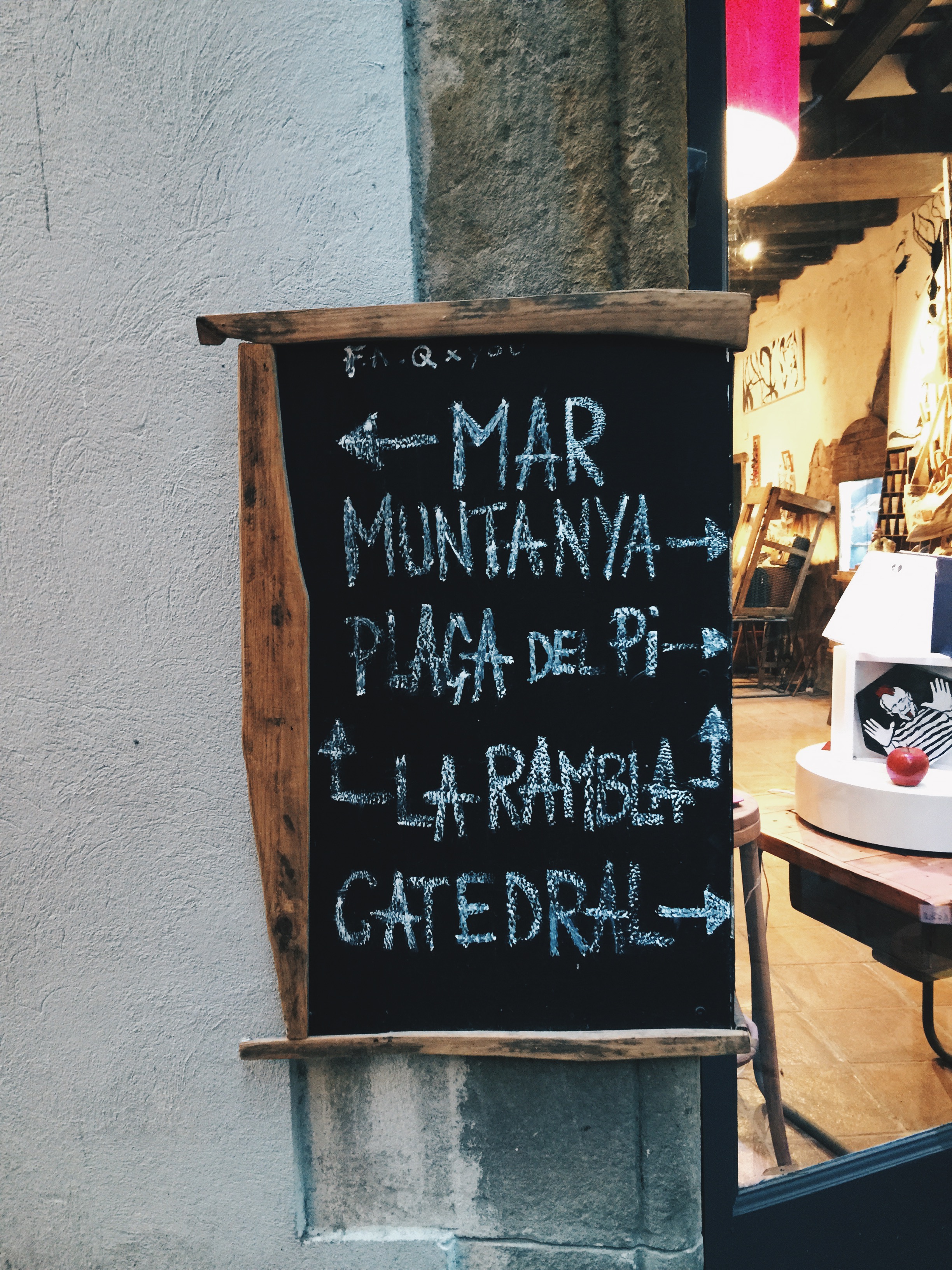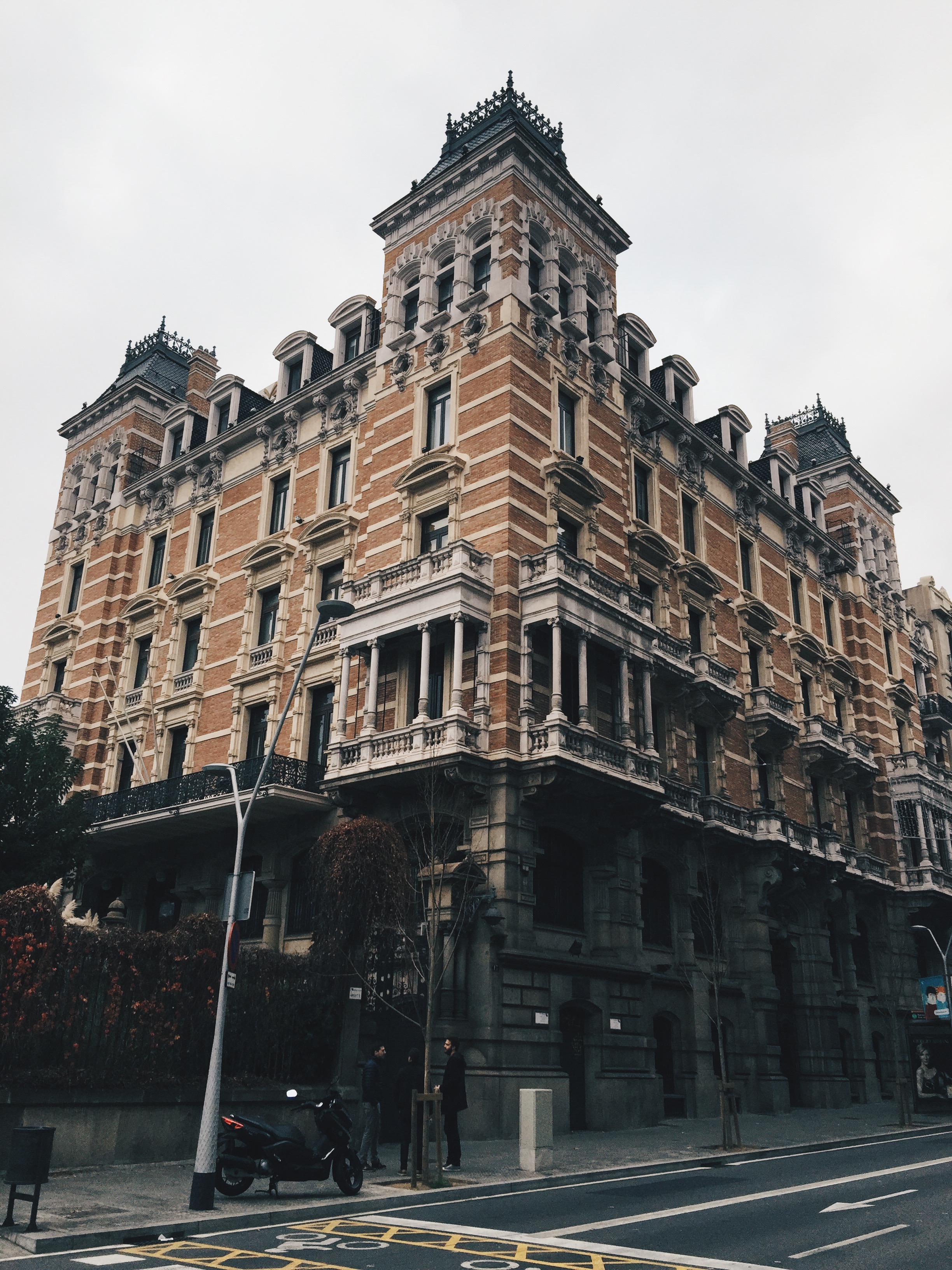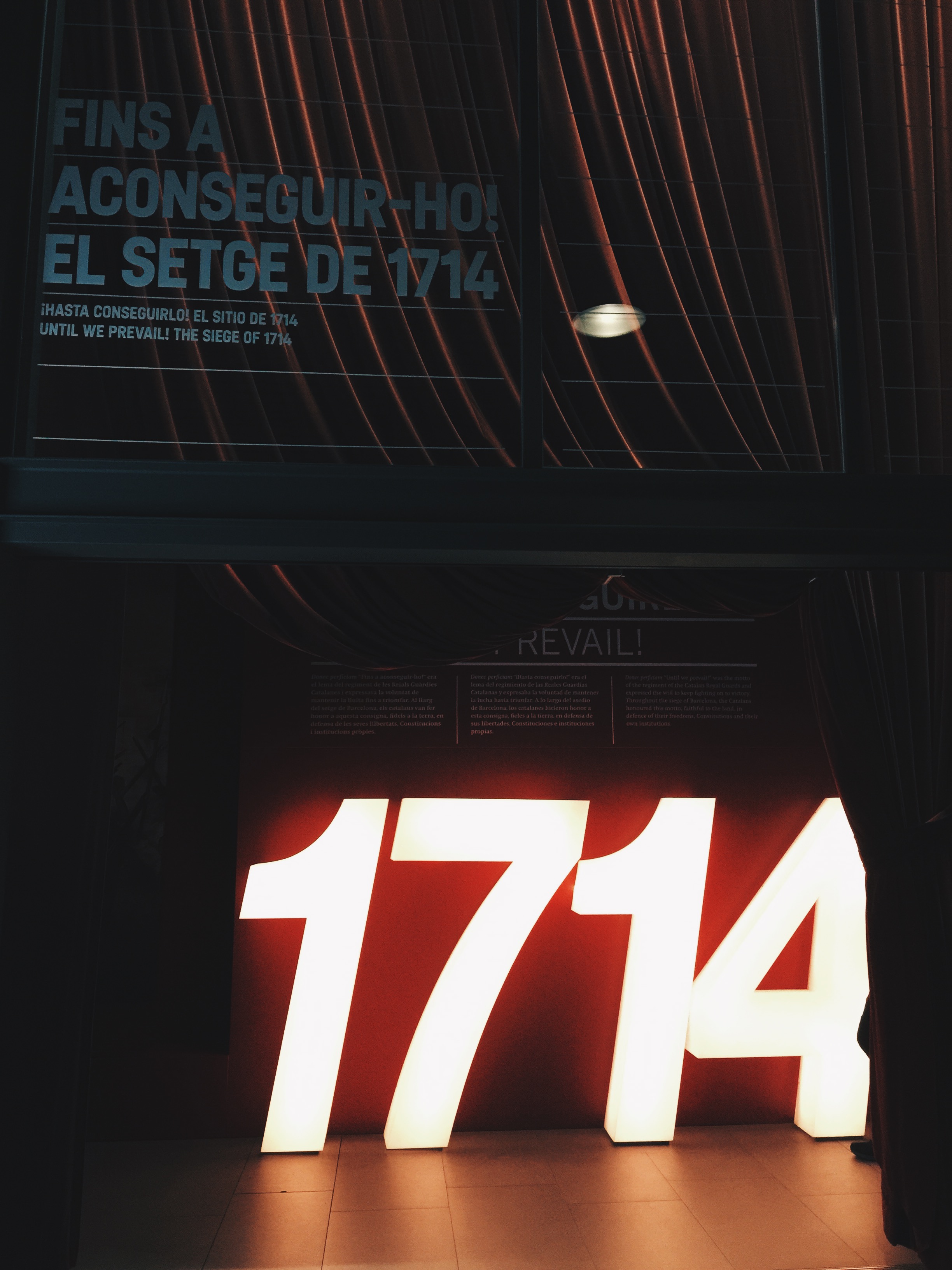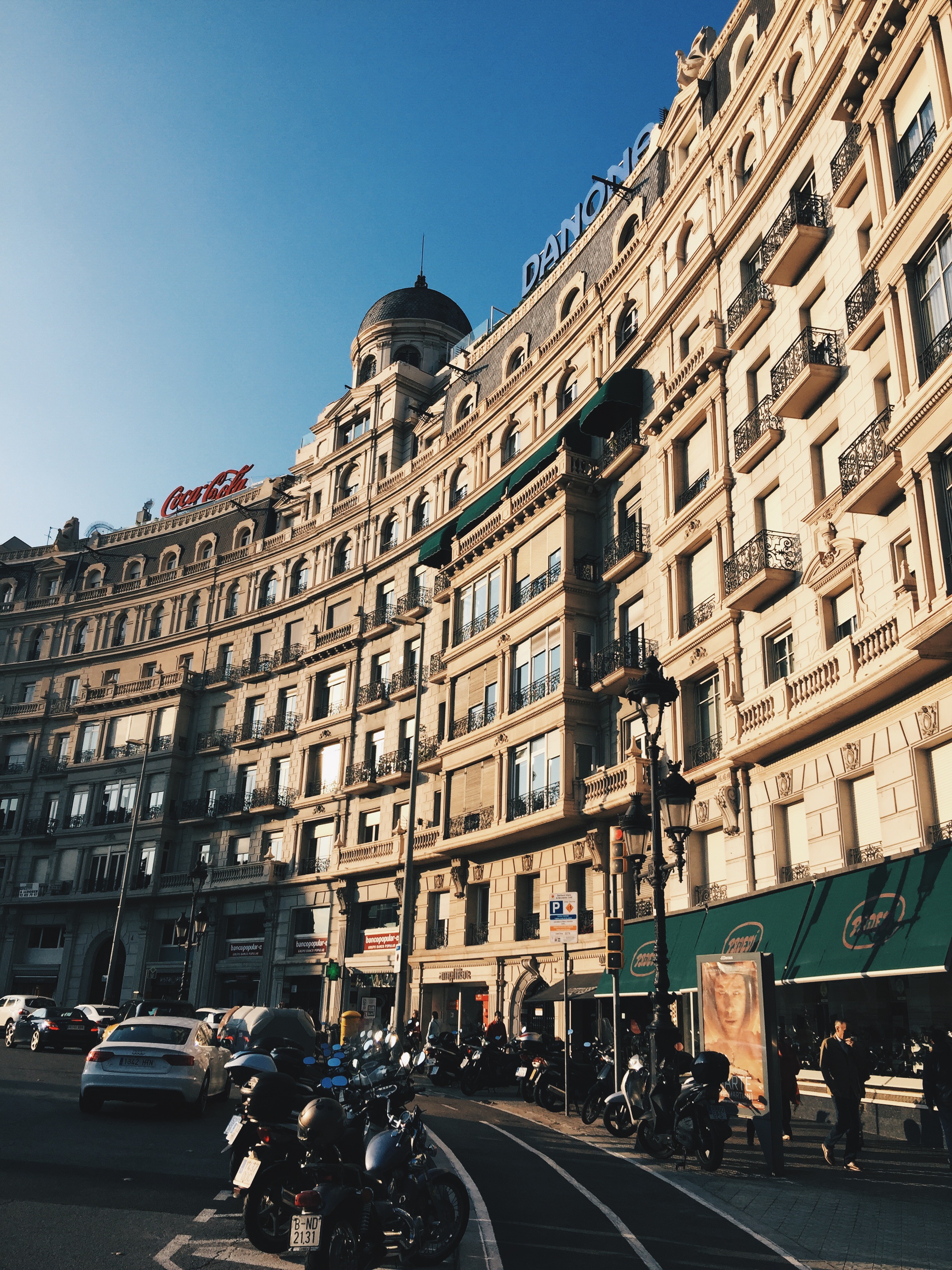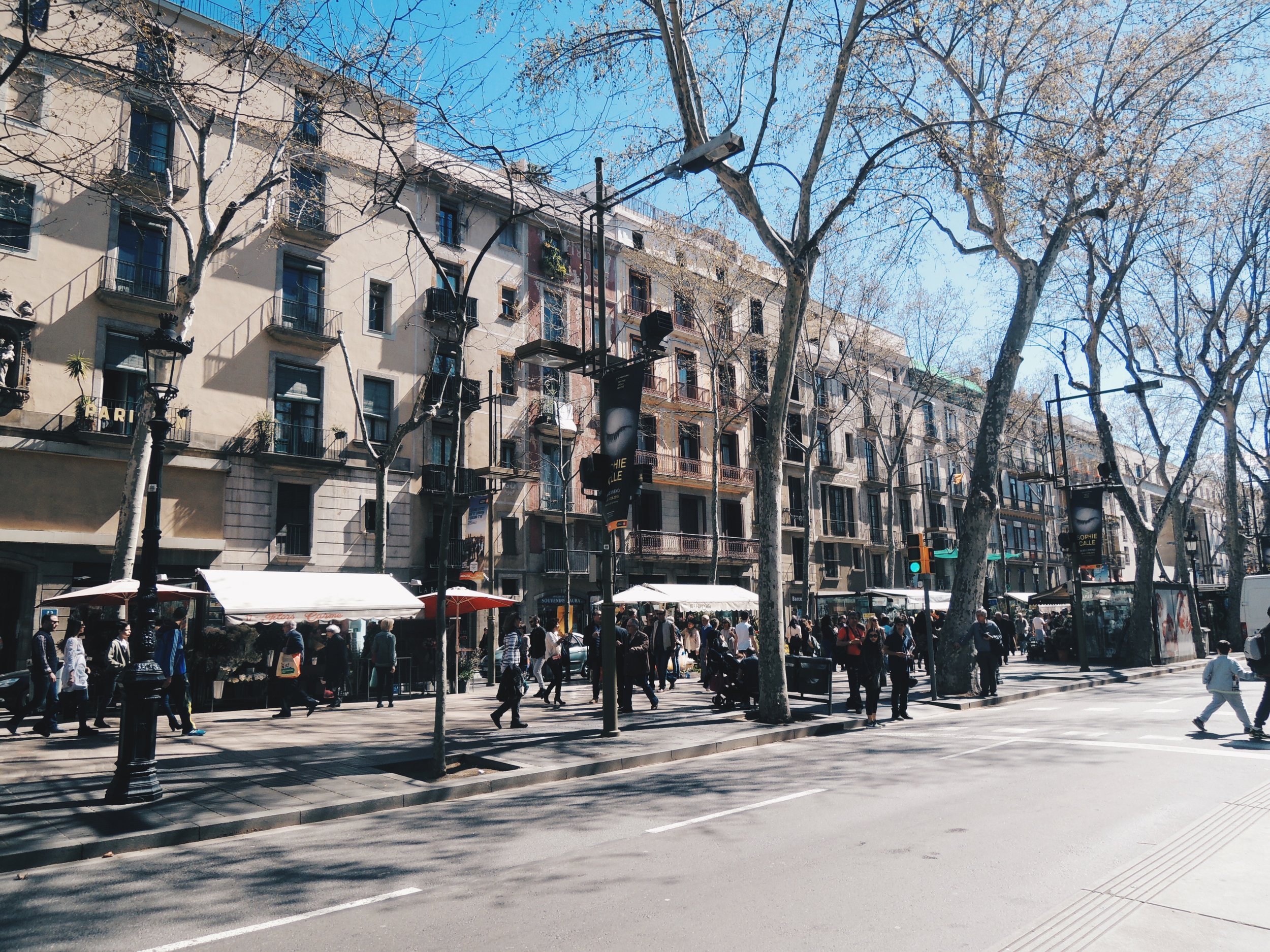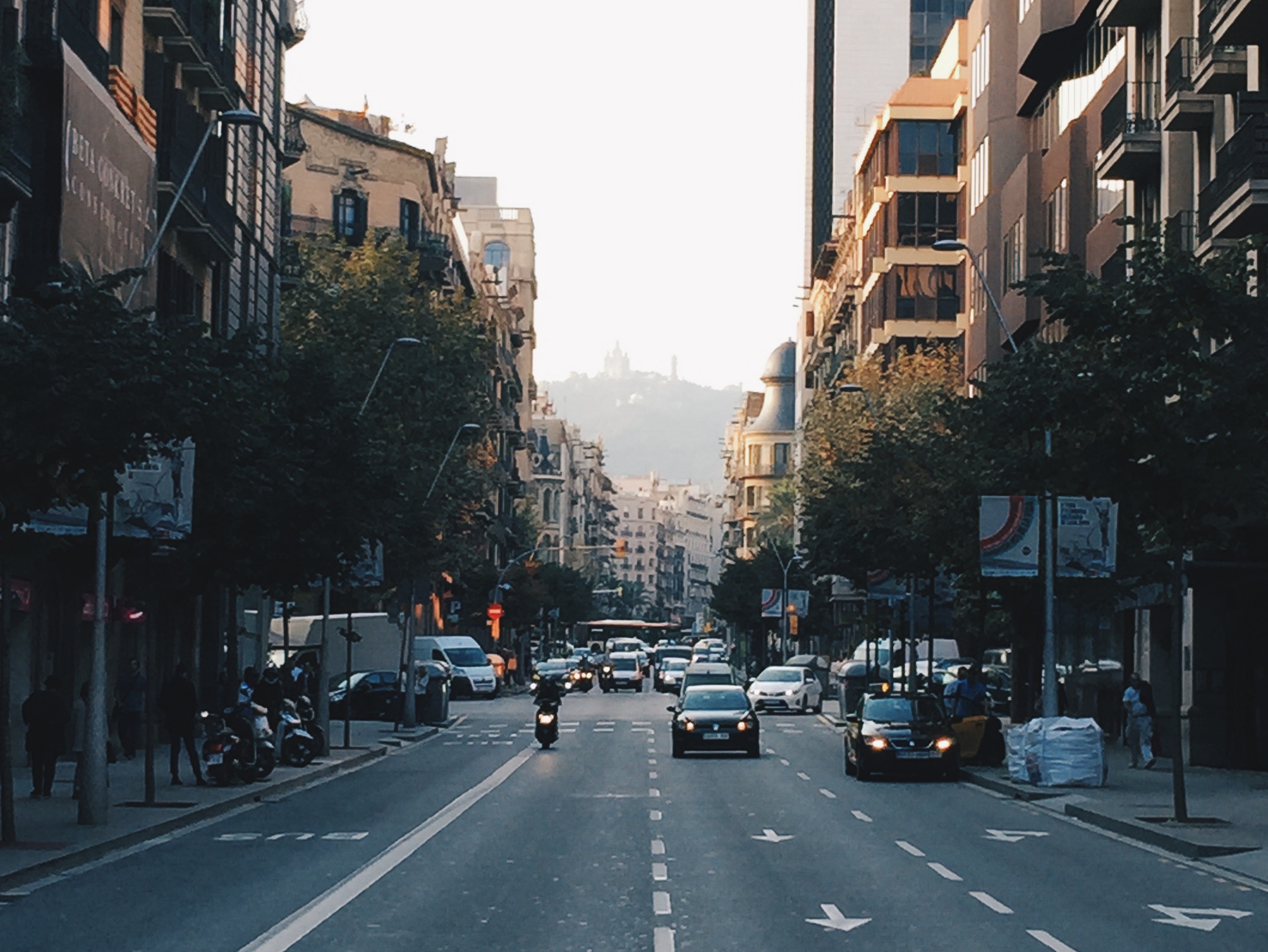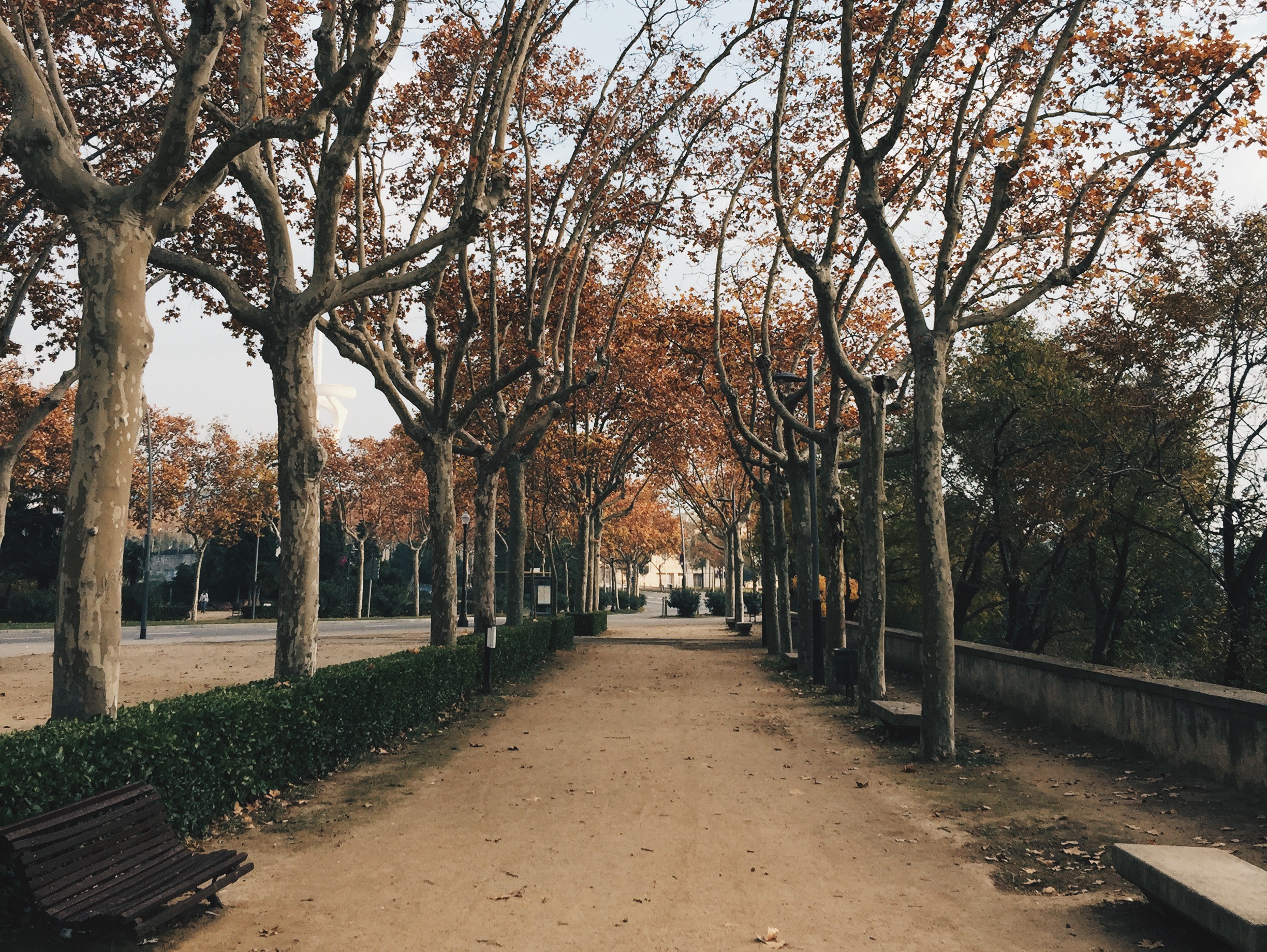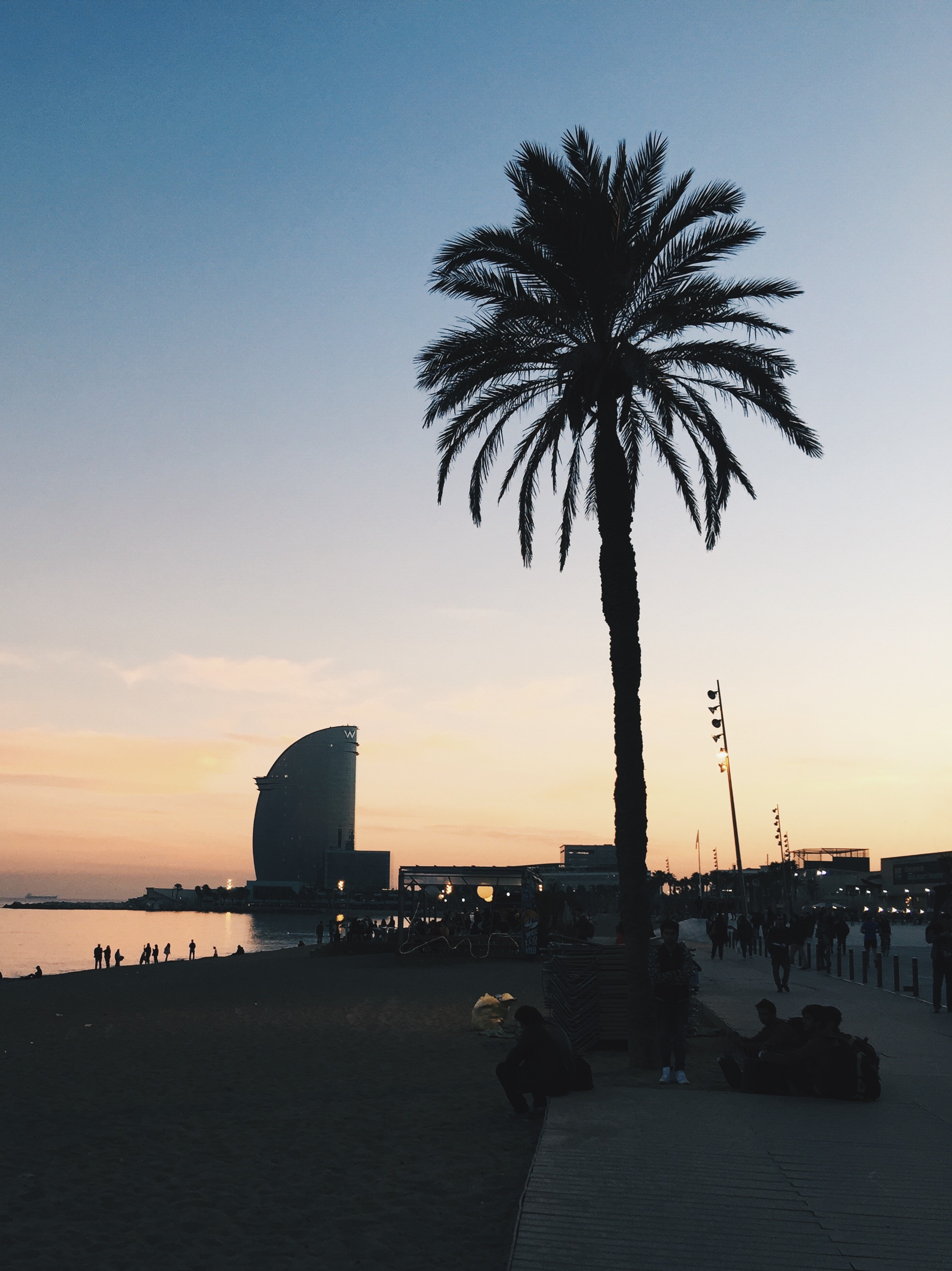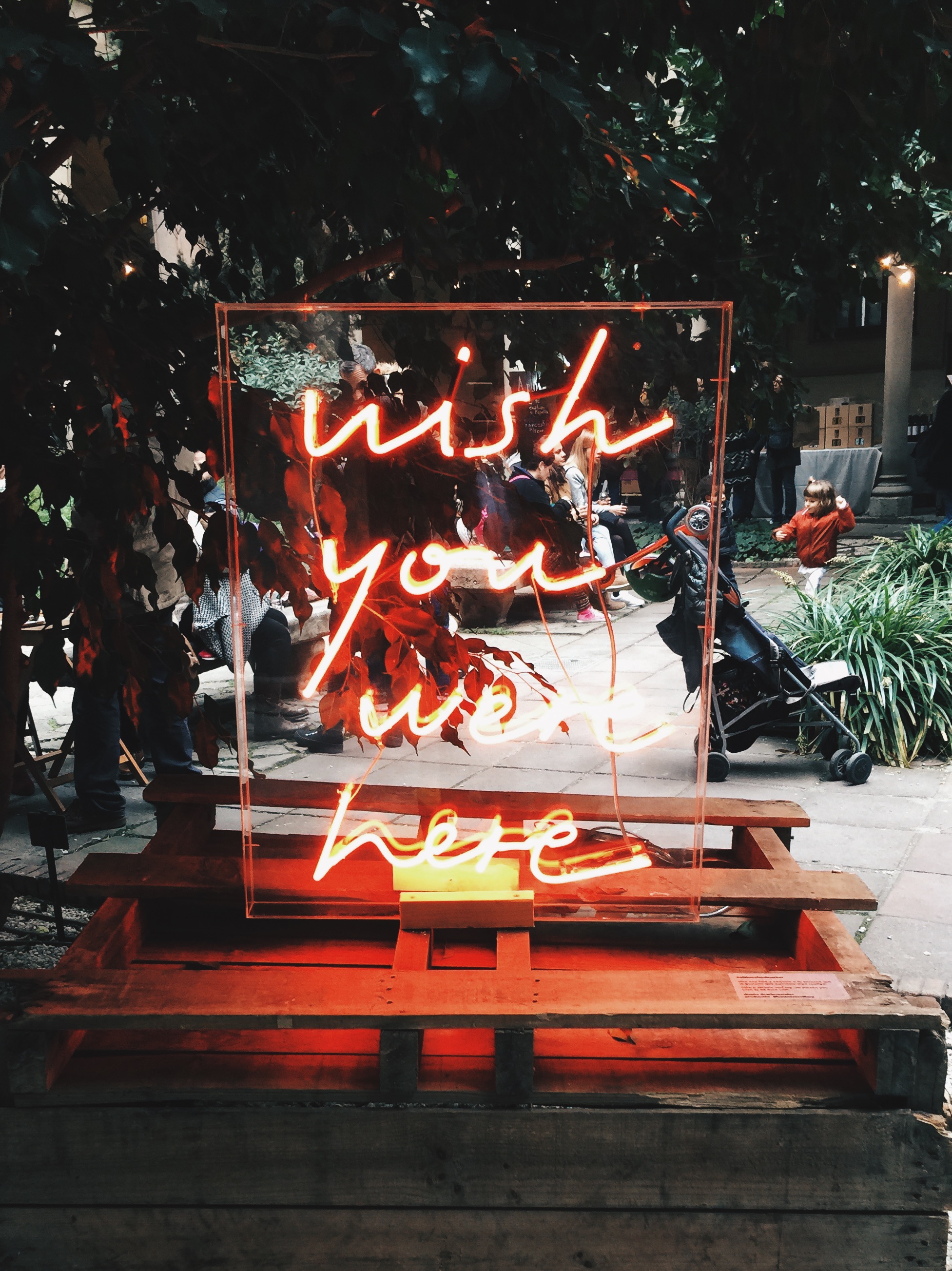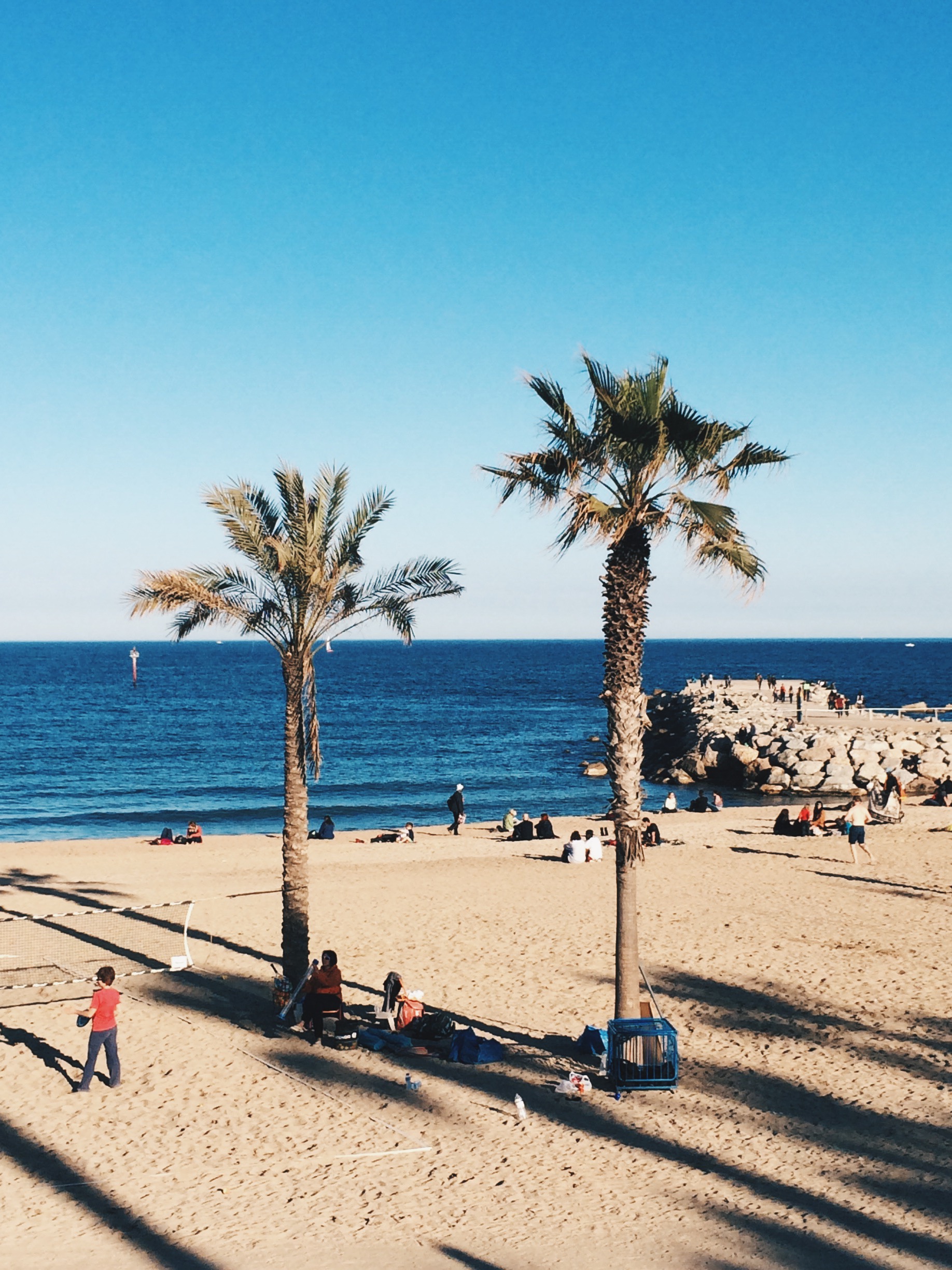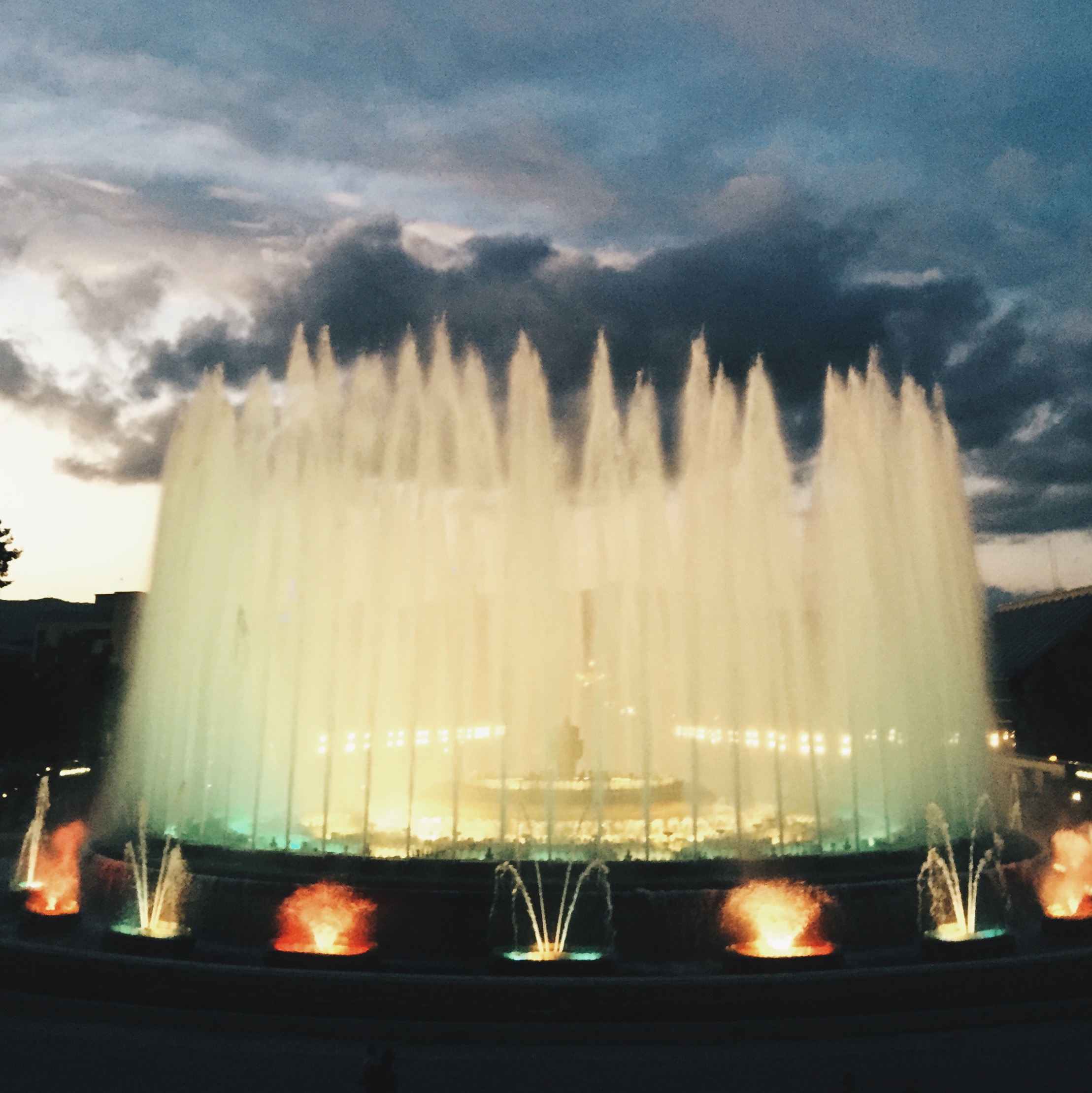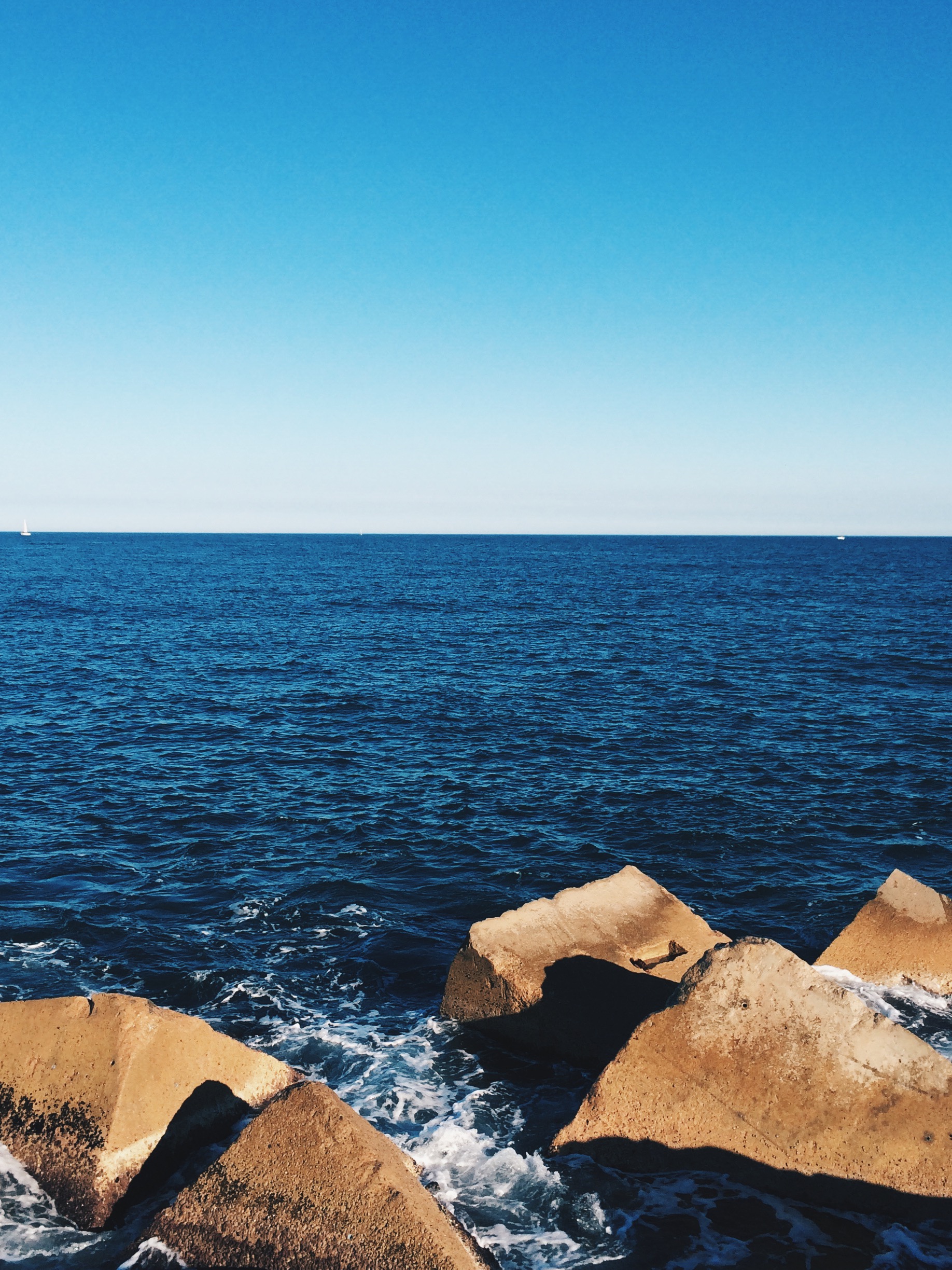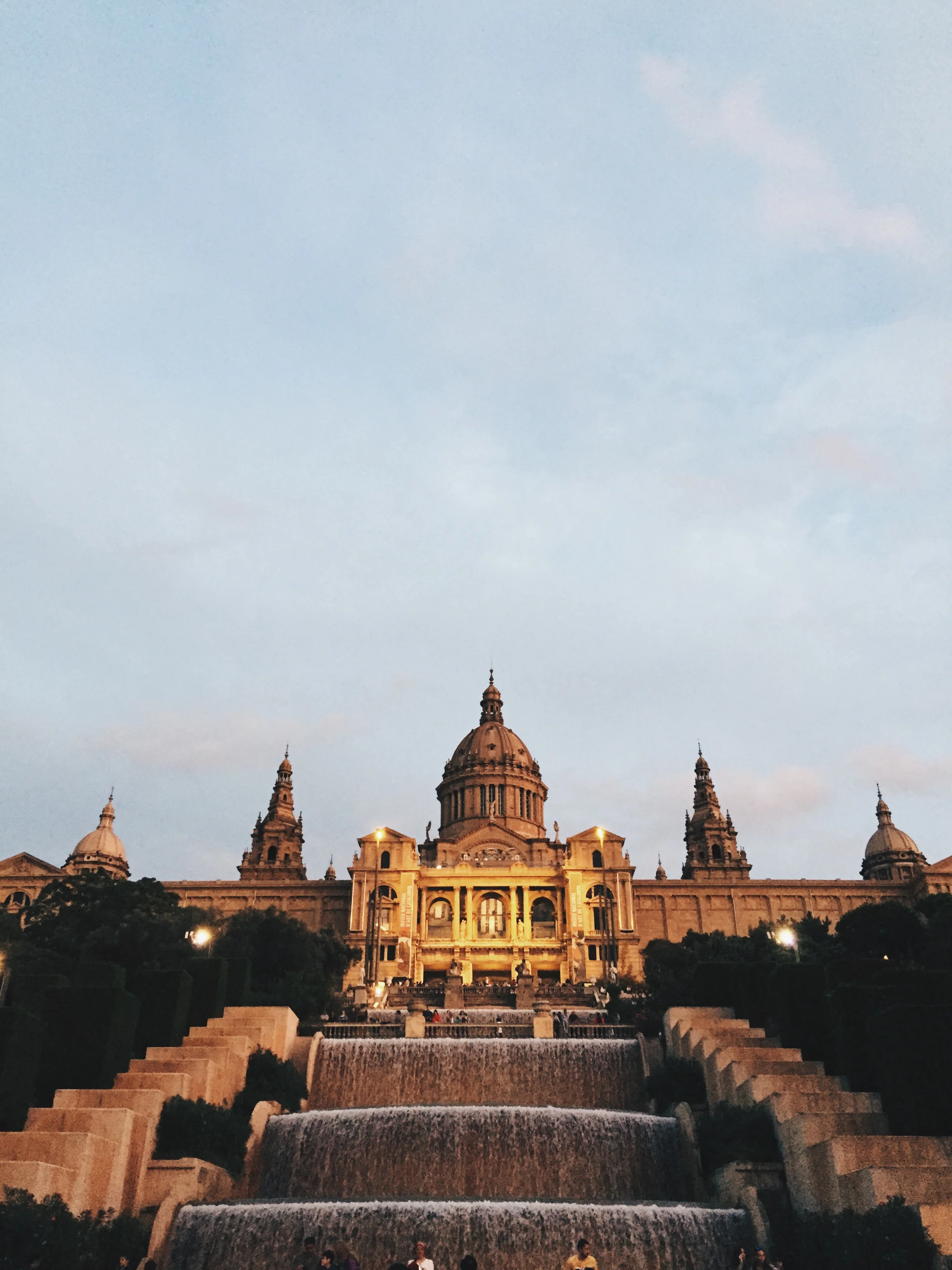The Best Neighbourhoods To Stay In In Barcelona

Barcelona has long been one of the most important cities in Spain, alongside the capital city of Madrid. Culturally, as a transport hub, its status as a port city, and the sheer number of visitors (over 8 million in 2016) and non-Barcelonians living and working in the city is proof that the city has plenty going for it.
After moving to the city for a bit, I managed to get to know the city and it's neighbourhoods pretty well, and this guide is to break down Barcelona by those neighbourhoods, for you to choose the barrio most suited for you, as a traveller or a prospective expat.
1. El Barrio Gótico (Barri Gòtic) / The Gothic Quarter
This is the heart of Barcelona, this is where the city was built. The running artery of the street, La Rambla, a walking promenade lined with many shops and restaurants (tourist trap, though— avoid as much as possible, and use my complete travel guide along with all the tips and tricks from a former hotel concierge in the city here).
This neighbourhood is most definitely busy, so if peace and quiet is what you look for, seek elsewhere. Many hotels can also be found in this district, and is certainly worth it for the convenience if you'd like to be as close to the heart of the action as possible.
Aside from the main streets, you'll venture off into tiny alleyways and that's where most of the apartments can be found. It can get pretty confusing and easy to get lost in.
Past 11pm or so, La Rambla can find itself with some shady characters (read about how I got pickpocketed here in the early morning hours of Christmas Day). La Rambla is known to be the hotspot for pickpocketing in Barcelona, and Barcelona is known to be the capital of pickpocketing in Europe so go figure. But at nightfall, this is still an area that receives heavy foot traffic so it's never dangerous, not overtly anyway.
Pros:
It's buzzy all hours of day.
You'll be in walking distance of many attractions in the area.
Getting lost in the alleyways is kind of part of the fun.
Tons of amenities, including supermarkets, cafes, good restaurants tucked away in corners, pharmacies, banking services, shopping etc.
Well-served by public transport.
Cons:
Pickpockets are more rampant.
Shady characters come nightfall might come out to play but a simple, "no gracias," should suffice in most situations.
If it's buzzy, it won't be quiet unless you head real deep in the alleys.
Apartments might be a little old, so expect the usual, thin walls, leaks, etc. but I don't think this is unique to The Gothic Quarter.
2. El Born / La Ribera
If being at the heart of the action is what you're looking for, I would wholeheartedly recommend the district of El Born, situated right next to the Gothic Quarter.
You get all the beauty of the old town, but instead of kitsch souvenir shops and crappy restaurants catering to tourists who don't know better, you get local boutiques and atmospheric bars and restaurants.
It's also in this district that I believe you can find some of the best and buzziest food and drink spots in town. Cal Pep, 7 Portes, Alsur Cafe, Elsa y Fred, Picnic and The Lime House are some cafes, restaurants and bars I would personally recommend.
I see El Born as a more authentic kind of old town as it doesn't feel like its overly catering to tourists, and I think a local is more likely to want to be in El Born than the Gothic Quarter.
You'll also be in the vicinity of a world-class museum in the form of the Picasso Museum, the beautiful church of Basílica de Santa Maria del Mar, and Barcelona's Arc de Triomf.
Pros:
The option if you'd like a more local experience.
You'll be in the vicinity of some of the best food and drink in the city.
Buzzy but never annoyingly so.
Cons:
Prices might be going up now for apartments or accommodation in the area as it's a highly sought-after area.
You'll have to head off the main streets (easily done) if you're after peace and quiet.
It's also pretty easy to get lost in but Google Maps will sort you out.
3. El Raval
Situated on the other side of the Gothic Quarter is El Raval, also one of the oldest districts in the city.
It's also a district that's starting to be reinvigorated, and you've got a couple cultural attractions in the area, including Palau Güell, concert halls, and the Barcelona Museum of Contemporary Art (Museu d'Art Contemporani de Barcelona), but I still don't love this district.
It's older and more run down, there aren't as many truly fantastic restaurants or bars, and I've always found this part of town to be the dodgiest area in the city. Too many unsavoury characters, once again no one overtly dangerous, but I'd stick to El Born and if you have to, stay in The Gothic Quarter instead.
Pros:
You still have the snaking, winding alleys of the Old Town.
There are a number of cultural sites here.
Cons:
I feel like there are too many shady characters in the area.
Even when the streets are empty, it feels more like a ghost town and unsettling than peaceful.
4. Barceloneta
Barceloneta is the city's beachside neighbourhood, which itself is actually a pretty compact compound with streets laid out like a grid, so you won't really be getting lost.
This area is also really lively day and night, as you've got some really nice bars and restaurants in this district, including FOC BCN, Bacoa Barceloneta, NAP, Restaurante Salamanca etc.
The beach isn't the best the coast has to offer, you'll have to head up to the villages dotting Costa Brava for that, but for a city beach it's more than sufficient, and even in the winter it was pretty busy.
Again, if peace and quiet is what you're after, this isn't the best place to be as you'll most certainly be surrounded by many people young and old here to have a good time, as some of the most popular clubs are on the beach. Because of that too, I experienced many offers of people bothering you to sell water or beer come nightfall, which wasn't a major issue but I did get annoyed by after a while.
Through hearing from other colleagues who rented rooms or apartments in the area, some of the buildings here are pretty old and not really well-maintained either, and honestly not incredibly aesthetically pleasing from the outside either, so I wouldn't really choose to live or stay here in all honesty. Some had issues with pickpockets and thieves here too, but I'm putting that on the clubs in the area.
Pros:
If you really need to live right by the beach, this is the only place you're going to get it in the city.
Many luxury hotels can be found here, but they're situated closer to the waters and the housing compounds are sandwiched between these hotels, so an experience living there and staying in these hotels might be a little different.
If you're up for nightlife, this is where you'll find a lot of it.
You've got good food and drink options in the area.
Shopping can be found in the form of Maremagnum, a shopping mall.
Cons:
Nightlife attracts a certain crowd and if you're not up for that all the time, this won't be the neighbourhood for you.
Not the best served by the city's metro system. You get off at Barceloneta station or Ciutadella | Vila Olímpica and you'll have to walk for about 5 to 10 minutes to get to the actual neighbourhood, beach and hotels.
Touts can be found here as it's an area that attracts a lot of visitors.
5. Gràcia / Passeig de Gràcia
This used to be a separate town before it officially joined Barcelona, and is situated north of the major shopping street of Passeig de Gràcia. On both sides of said street, you have some of the poshest apartments in the city to match the luxury brands lining the main street.
Some of the restaurants in the area aren't cheap too, so it's definitely more upmarket.
Gràcia itself is one of my favourite neighbourhoods. Posh designer boutiques give way to a leafy, residential suburb with a really family-friendly atmosphere. Some of the coziest cafes and restaurants are located here, as well as one of the most famous seafood restaurants in all of the city called Botafumeiro.
If I could choose a neighbourhood to stay in all over again, this area would be one of my top picks.
Pros:
Very residential, family-friendly with a creative, artsy vibe with many indie shops and studios in the neighbourhood.
Many nice spots for coffee and food can be found here.
Cons:
Rent might be a little higher here.
The neighbourhood technically extends all the way to Parc Güell which is in the northern part of the city so it's not super close downtown but you can easily head down with the metro and buses.
7. Eixample
Eixample refers to the area between the old town and the previously separated towns like the aforementioned Gràcia, Sants etc.
This is a pretty accessible district as it's right next to the Old Town, but very residential so you won't find many clubs or the coolest bars here, but you get a lot of peace and probably some nice neighbours too. This is the neighbourhood I stayed in when I first moved and I genuinely liked it here because it was residential and quiet.
If I really need a night out, I can just head into town or the beach, and I don't need to live right above it, I do think.
Pros:
All you could expect of a neighbourhood as residential as this means you have all the amenities you need, including gyms, schools, supermarkets, florists, etc.
It's peaceful and quiet and you're next to the Old Town anyway.
You'll be minutes within a bus stop or metro stop.
Cons:
If you need to be in the middle of nightlife and happening bars and clubs, this isn't the area that'll satisfy those needs.
8. Montjuïc
Barcelona is surrounded by hills, and Montjuïc is one of them, giving you stunning views over the city.
Many sights are in the area too, including the Fountains of Montjuïc, one of the biggest attractions in the city and is a beautiful place to be when it lights up and is framed by the National Museum of Catalan Visual Art (Museum Nacional d'Art de Catalunya). Crowded, though. Palau Sant Jordi is also another venue for sporting events and music concerts, not to mention Castell de Montjuïc.
Heading into the suburbs, you'll find tranquility away from the hustle and bustle of the city, so you're a little further out and not on the doorstep of downtown, but that's the whole point. You have a couple hotels here too for the views and for the events that take place here from time to time.
Pros:
It's quiet once you head into the residential suburbs.
Still, you can find things to do and events happening in the area.
You get access to probably some of the freshest air in all of the city, and the most stunning views.
Cons:
Not the closest downtown.
9. Poblenou
At the complete other end, you have Poblenou, a new district that came up because of the 1992 Summer Olympics that were held in the city.
As a result, you've got many new buildings featuring extravagant modern architecture, including the two towers of Torre Mapfre and Hotel Arts Barcelona.
In terms of the residential suburbs here, it's definitely an area catered to that, and some streets here feature some more industrial areas too.
Pros:
Residential, quiet, and you're not too far from the beach.
You have plenty of amenities.
Buildings are newer, so they could be better to live with, in terms of having more parking options or having lifts in the apartment building etc.
Cons:
If you're thinking of a postcard view of the streets of Barcelona, this is not where you'll find it.
Not the most happening area with the most events.
Of course, Barcelona is made up of more than just these 9 neighbourhoods, but these are the ones most probably of the most interest to non-Barcelonians given its proximity to the heart of the city as well as the number of sights and attractions here. Most of the apartments for rent will be located here too, as well as hotels in the city, but you have other outer suburbs on the fringe of the city including Sarrià-Sant Gervasi, Sants, L'Hospitalet, Horta and Sant Andreu, which are far more residential and local and there aren't many attractions to be found in the area. Buildings here aren't as "beautiful" either, and you're less likely to get by on just English in these areas.
From my time in Barcelona, I turned some of my photographs into my everyday products you can get on the shop now!

